Strolling down BP Wadia Road from MN Krishna Rao Park, it would be hard to miss the Indian Institute of World Culture (IIWC) in Basavanagudi. In the 80 years since its inception, the Institute has always drawn visitors, courtesy its huge library, performance hall and serene surroundings.
“An interesting addition has been the art gallery within the premises. Artists now have a chance to display their work within a space that boasts an old world charm, complete with red oxide flooring and timber rafters on the high ceiling. IIWC is housed in an acre of land,” says Arakali Venkatesh, Secretary, IIWC.
According to Arakali, BP Wadia set up IIWC in Bengaluru to cater to students of Theosophy, who volunteered their time and energy for the cause of universal brotherhood through art and culture — a duty they considered paramount. Wadia’s involvement was awe-inspiring. “Back then, Bangaloreans would quip that if North Bengaluru had the Tata Institute (IISc), the South had the Wadia Institute,” Arakali says, adding IIWC has long run on a strong volunteer base.
The art gallery at the Indian Institute of World Culture in Bengaluru.
| Photo Credit:
Special Arrangement
Visitors to IIWC find it quite relaxing to visit this INTACH-listed heritage building, housed in a tranquil location, just a stone’s throw from Lalbagh and Krishna Rao Park. The proximity to old Bengaluru shopping localities such as Gandhi Bazaar and Chamarajapete as well as an abundance of restaurants, make it a favoured destination, to say nothing of IIWC’s convenient parking space within the premises.
Bahmanji Pestonji Wadia, born in 1881 in erstwhile Bombay, was the eldest son of Pestonji Cursetji Wadia and Mithabai. Belonging to a family of shipbuilders from a village in Surat, young Wadia joined the family textile business after matriculation, going on to take over following his father’s demise.
In 1904, Wadia sold the flourishing textile venture and became involved with the philosophy of the Theosophical Society founded by Helena Blavatsky and Henry Steel Olcott. Over the years, he resolved to devote his life to sharing Theosophy and even moved to Madras in 1908 where he managed the Theosophical Publishing House working under Annie Besant. In the following decade he turned a prolific author with over 30 titles to his credit.
In Frames | B.P. Wadia, a theosophist and humanist
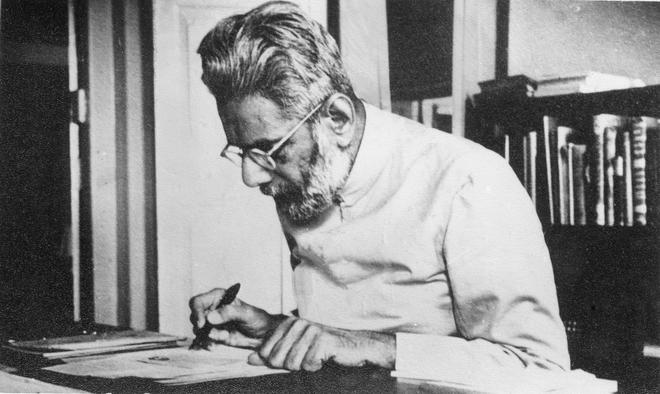
A file photo of B.P. Wadia, who founded the Indian Institute of World Culture as well as the first trade union in Madras, published in The Hindu on October 09, 1981.
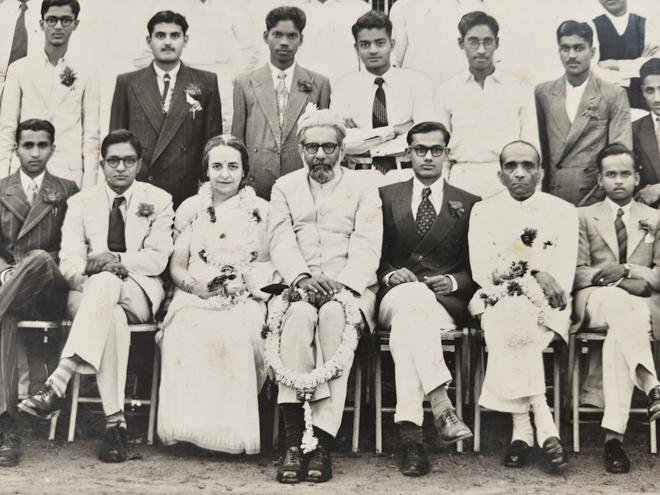
B.P. Wadia and his wife, Sophia Wadia, founders of the Indian Institute of World Culture in Bengaluru.
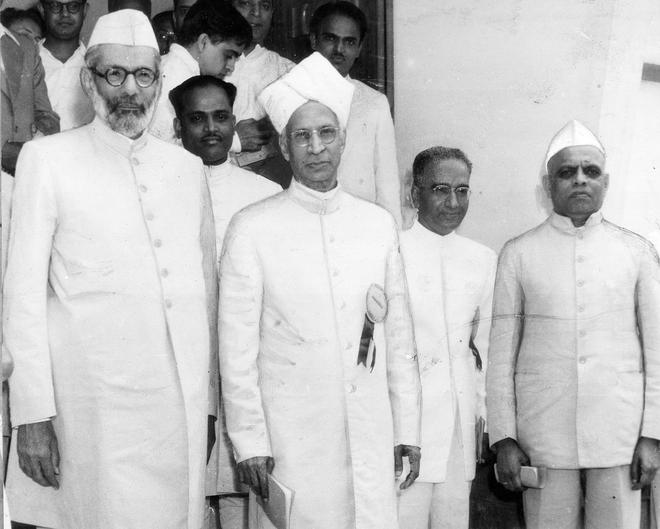
B.P. Wadia seen with then vice-president of India Dr. S. Radhakrishnan, Dr. T.M.P. Mahadevan, and A.G. Ramachandar Rao, Minsitry for Education, Mysore, during the inauguration of
a seminar on The Great Scriptures. The image was published in The Hindu on May 31, 1955.
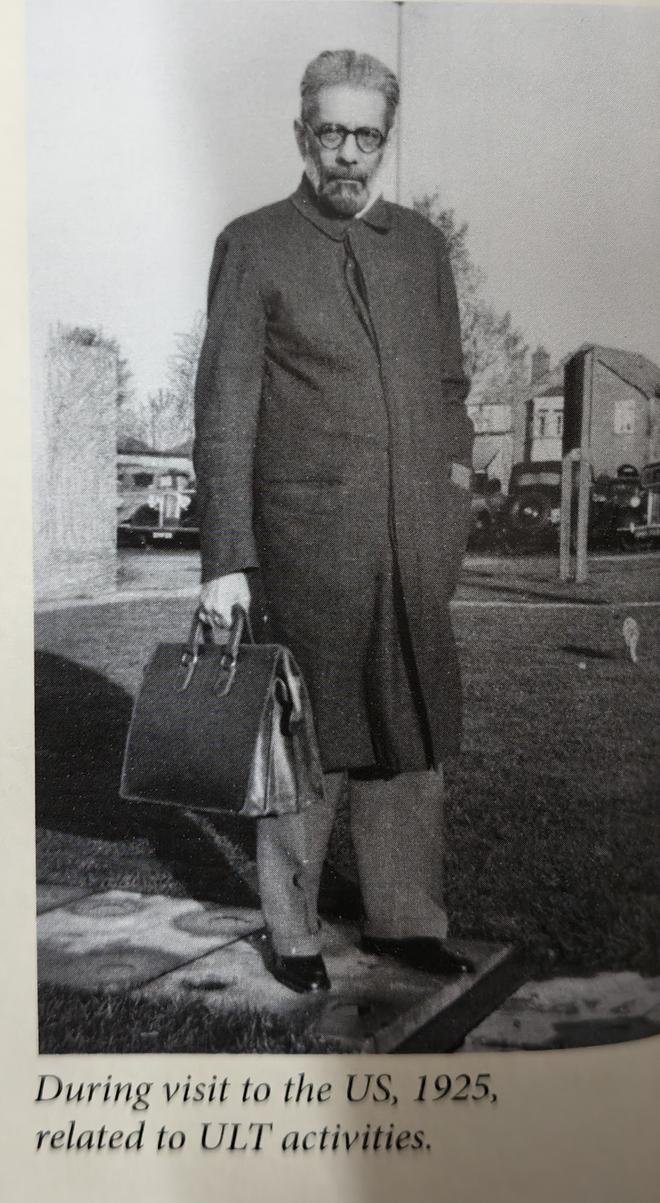
A file image of BP Wadia in the US.
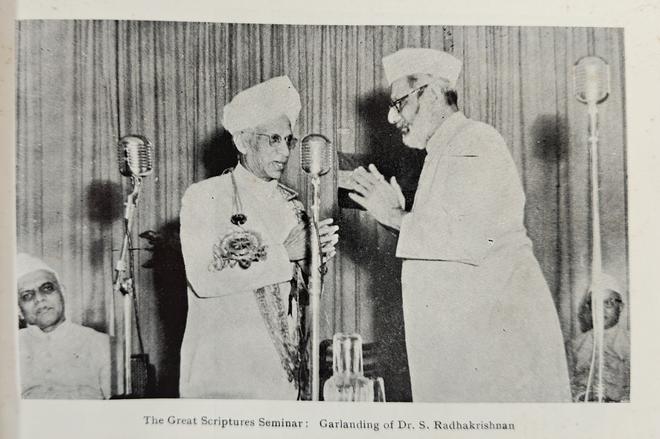
B.P. Wadia with the then Vice-President Dr. S. Radhakrishnan during The Great Scriptures Seminar at Indian Institute of World Culture.
1/3
Founder’s dream
IIWC was established in Bengaluru on August 11, 1945, by Wadia and his Columbian wife Sophia Wadia, “to make available those nuggets of knowledge that make people noble, and self-sacrificing in spirit.”
What made it easier for Wadia’s vision of IIWC take off in the city, was his earlier brush with Home Rule Movement where his interactions with literary and political bigwigs helped him garner people and funds. “Public lectures from political leaders, Nobel laureates, scholars, scientists and public representatives, as well as music and dance performances from leading artistes were arranged every week. Books from various fields were housed over the years in the library to make it a comprehensive cosmopolitan movement,” says Arakali.
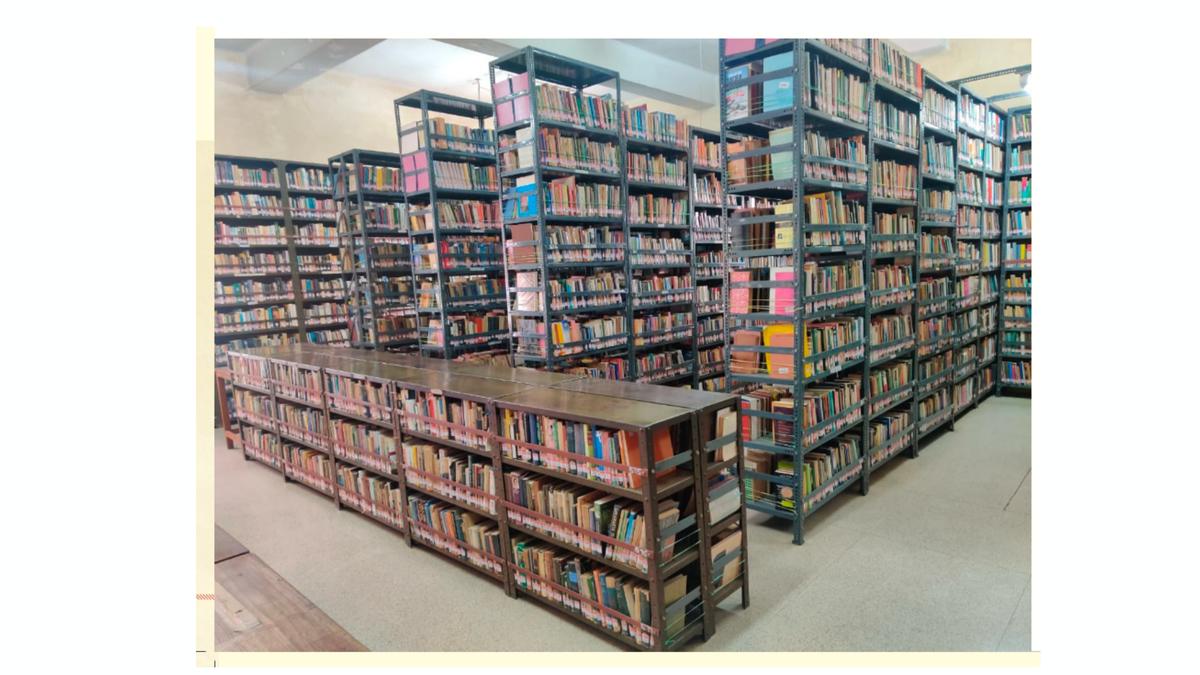
The library at the Indian Institute of World Culture in Bengaluru.
| Photo Credit:
Special Arrangement
Nonagenarian, and former Chief Justice MN Venkatachaliah, Chairman Advisory Committee IIWC, says it was clear from its inception that the institute was an academy not only for scholars, but also a platform to promote art and culture, with litterateurs, educationists and statesmen sharing their views in the creation of value systems.
“Opportunities were created for global events, academic discussions, cultural evenings, and for accessing the best books — as part of the “hallmarks of Humanism” that Wadia insisted on. The institute got its lecture and performance hall, and public library through Wadia’s contributions and donations from philanthropists and the public. “The Wadia couple respected local culture, integrating themselves with their thought processes and in their style of dressing too,” says Venkatachalaiah.
A note in the coffee table book brought out by IIWC during its Platinum Jubilee in 2020 states that the institute made rapid strides much before Independence due to Wadia’s foresight, for nearly 14 years before his death in 1958, and his ability to connect with leaders from various fields across the world and in India.
Book by book
The library was started in 1945, and included 2,000 of Wadia’s own books. A generous donation of 3,000 books by the then Vice-President of IIWC, Sister Sophia TenBroeck in 1957, was a major breakthrough. A huge collection of rare and valuable classics with a permanent endowment, was donated in 1963 by a distinguished physician from France, Dr KT Behenan, who was a World War II veteran and had made Bengaluru his home.
This gesture strengthened the endeavour, and with people’s generosity over the years, the library now boasts over one lakh titles across genres such as fiction, biographies, travelogues, religion, philosophy, sports and science, making it a large public-use library. The magazine section boasts some of the rarest collections of Chandamama from the 1940s to the oldest Tintin series as well as Tinkle, Champaka, Indrajal and Bombemane. Educational books are sold for a minimum price during book fairs every year, and nearly 120 titles have been published by the IIWC itself.
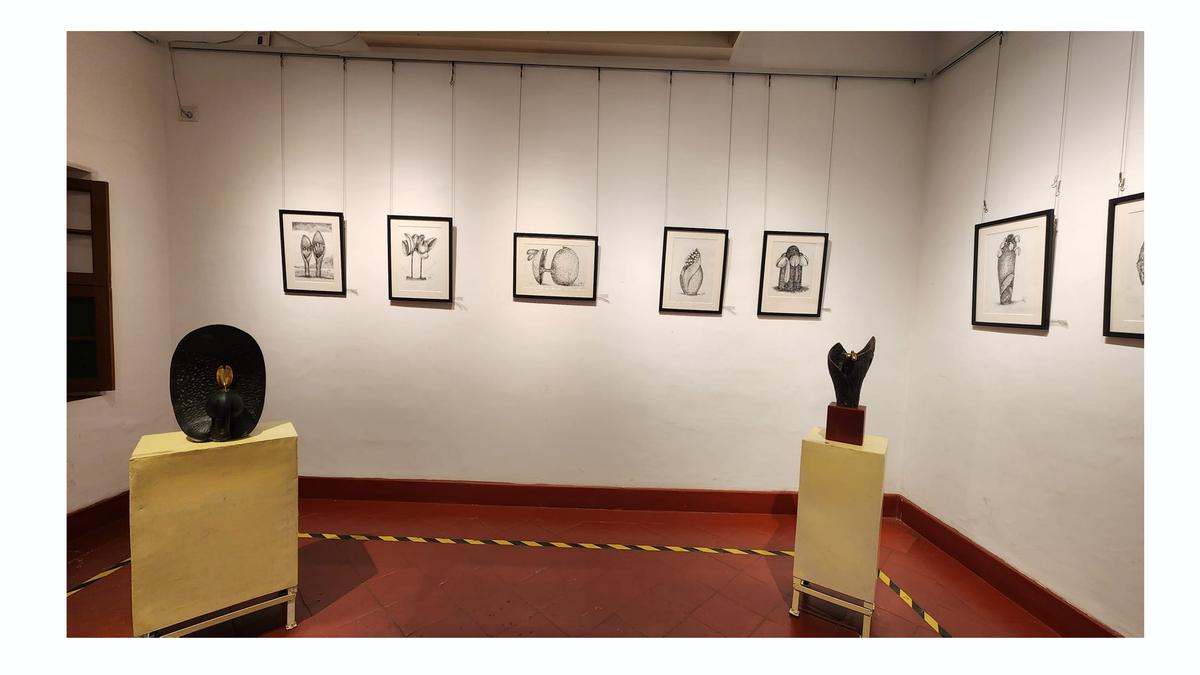
IIWC collaborates with organisations such as IGNCA, BIC, Mythic Society, Lalithakala Academy and the ICCR, to host exhibitions on photography, painting and sculpture
| Photo Credit:
Special arrangement
Looking ahead
Vidushi TS Sathyavathi, president of IIWC, who is also a vocalist and Sanskrit scholar, says lecture series and performing arts flow simultaneously like a serene river at IIWC, with nearly 300 programs rolling out each year. Partnering with NFDC, Suchitra Film Society and the Bangalore Film Society, they screen films from across the world.
IIWC also collaborates with organisations such as IGNCA, BIC, Mythic Society, Lalithakala Academy and the ICCR, to host exhibitions on photography, painting and sculpture. “Going forward, we plan to curate more art forms from Indian and global streams, making them relevant to the contemporary cultural milieu. Any institution disseminating culture should not be in an existential angst; we plan to be pertinent to the times in culture, arts, music and literature,” says Vidushi.
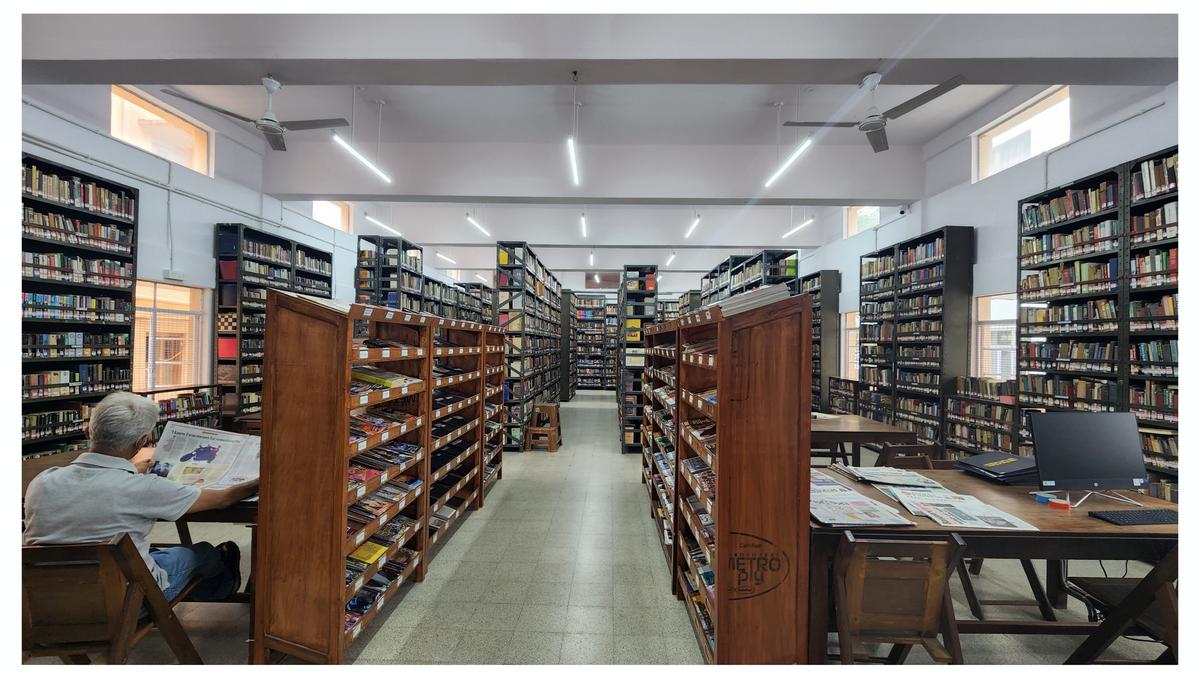
Indian Institute of World Culture
| Photo Credit:
Special Arrangement
To keep Wadia’s 80-year-old dream alive, the institute has plans for a renovated campus with two big auditoriums and a multi-utilitarian space, while retaining its library to preserve the reading habit. “Upgradation will equip us for the next 80 years, helping future generations enjoy and safeguard values nurtured so far,” adds Venkatesh.
Points for posterity
Entries from Sister Sophia TenBroeck’s diary are a record of several talks and events. She notes how IIWC would see uncontrolled crowds surging in even during pre-Independent days, especially during the participation of distinguished speakers, despite the provision of loudspeakers in the nearby gardens.
Halls, corridors and free spaces outside have been packed during talks by Governor General C Rajagopalachari, Presidents S Radhakrishnan and VV Giri, litterateurs DV Gundappa and Masti Venkatesha Iyengar and others. IIWC has also hosted the likes of sitarist Ravi Shankar, Mysore Royal, Jayachamajaja Wadiyar, American activist Martin Luther King Jr, Tibetan spiritual leader Panchen Lama and 19 Nobel laureates, including Julian Huxley and CV Raman.
It is said Wadia had insisted, “Our idea is to have open-to-public programmes for inclusive participation; no restriction in admission rules shall prevail,” when a re-consideration on entry rules was suggested.
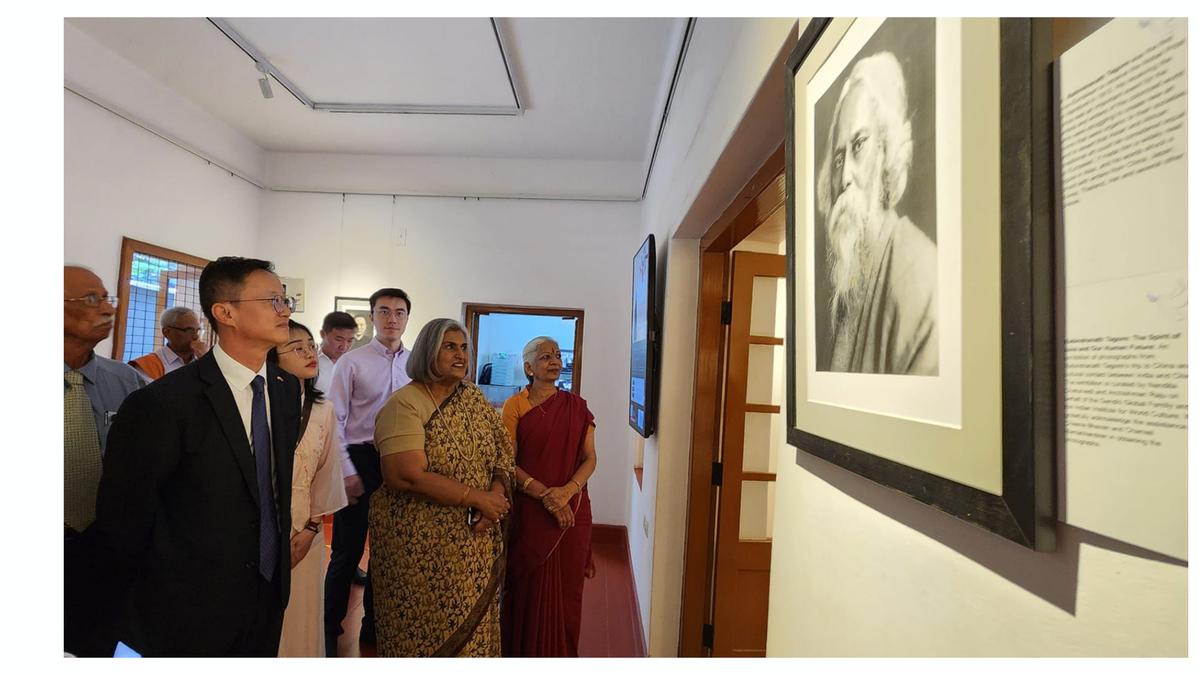
The Indian Institute of World Culture was a popular cultural space in south Bengaluru for hosting talks and events.
| Photo Credit:
Special Arrangement
Published – February 25, 2025 12:49 pm IST